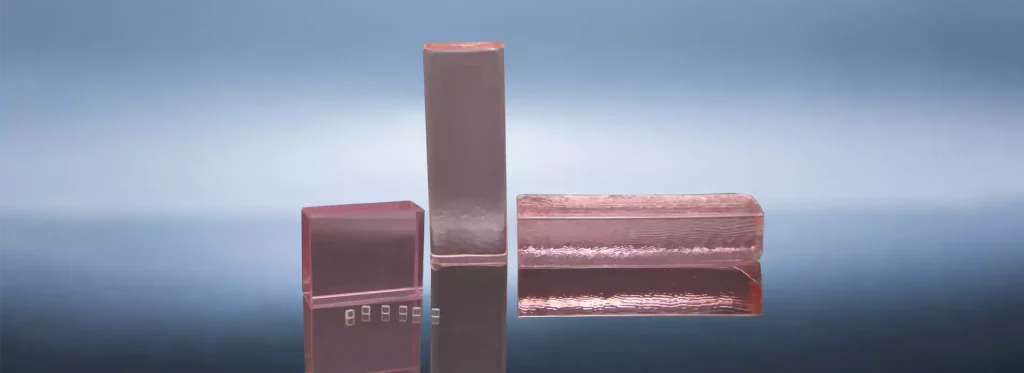1. Optical Properties of Ti Sapphire Crystal
1.1 Absorption and Emission Characteristics
Ti Sapphire crystal’s absorption and emission characteristics are determined by the transition between the Ti3+ and Ti4+ ions, which occurs in the near-infrared region of the electromagnetic spectrum. The absorption spectrum of Ti Sapphire crystal is broad, with a peak at around 490 nm and a full width at half maximum (FWHM) of around 230 nm. This broad absorption spectrum allows Ti Sapphire crystal to absorb light over a wide range of wavelengths, making it ideal for use in ultrafast lasers.
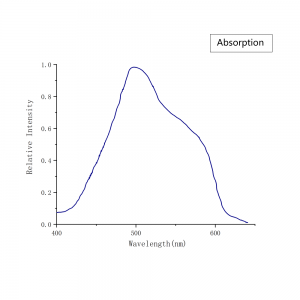
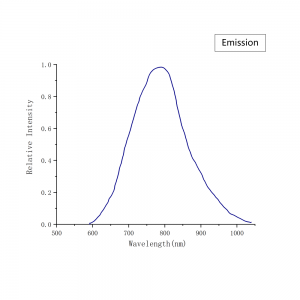
The emission spectrum of Ti Sapphire crystal is also broad, with a peak at around 800 nm and an FWHM of around 120 nm. This broad emission spectrum allows Ti Sapphire crystal to emit light over a wide range of wavelengths, making it ideal for use in spectroscopy. The emission spectrum of Ti Sapphire crystal can be tuned by adjusting the pump wavelength, allowing it to emit light at different wavelengths depending on the application.
1.2 Gain Bandwidth
The crystal’s absorption and emission characteristics determine Ti Sapphire crystal’s gain bandwidth. The gain bandwidth is defined as the range of wavelengths over which the crystal is able to amplify light. Ti Sapphire crystal has a broad gain bandwidth, which allows it to emit light at a wide range of wavelengths.
The gain bandwidth of Ti Sapphire crystal is typically around 100 nm, which makes it ideal for use in ultrafast lasers. Ultrafast lasers require a broad gain bandwidth to generate short light pulses, which is critical for many applications. Ti Sapphire crystal can generate pulses as short as a few femtoseconds, making it ideal for use in applications such as micromachining and spectroscopy.
1.3 Tunability Range
Ti Sapphire crystal’s tuning range refers to the wavelength range over which the crystal can emit light. The tuning range of Ti Sapphire crystal is determined by the absorption and emission characteristics of the crystal, as well as the pump wavelength.
The tuning range of Ti Sapphire crystal is typically between 680 nm and 1080 nm, which allows it to emit light over a wide range of wavelengths. The tuning range of Ti Sapphire crystal can be extended by combining different pump wavelengths and resonator configurations. This allows Ti Sapphire crystal to emit light at different wavelengths depending on the application.
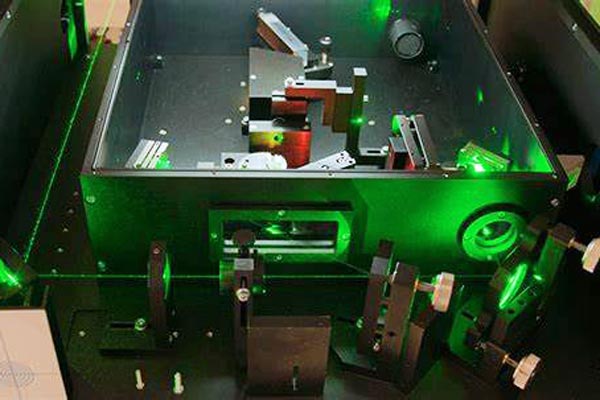
1.4 Quantum Efficiency
The quantum efficiency of Ti Sapphire crystal refers to the proportion of the input energy that is converted into output energy. Ti Sapphire crystal has a high quantum efficiency, typically around 80-90%, which means it can convert a high proportion of the input energy into output energy.
The high quantum efficiency of Ti Sapphire crystal is critical for many applications, particularly in laser gain media. A high quantum efficiency ensures the laser is efficient and can generate high output powers. In addition, a high quantum efficiency reduces the amount of heat generated in the crystal, which is important for applications such as medical lasers where overheating can damage tissue.
1.5 Conclusion
In conclusion, Ti Sapphire crystal has unique optical properties, making it an ideal material for solid-state lasers, particularly ultrafast ones. Ti Sapphire crystal has a broad gain bandwidth, high quantum efficiency, and broad tunability range, which allows it to emit light at a wide range of wavelengths. This makes it ideal for use in applications such as micromachining and spectroscopy.
Ti Sapphire crystal’s absorption and emission characteristics are determined by the transition between the Ti3+ and Ti4+ ions, which occurs in the near-infrared region of the electromagnetic spectrum. The gain bandwidth of Ti Sapphire crystal is typically around 100 nm, which makes it ideal for use in ultrafast lasers.
2. Optical Properties of Glass
2.1 Refractive Index
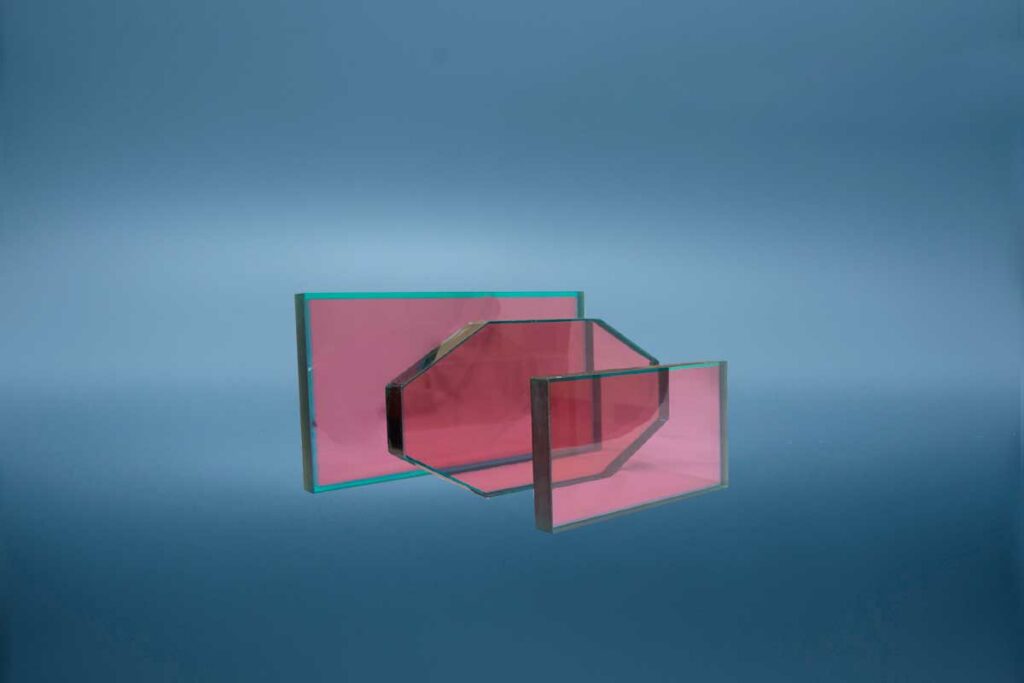
The refractive index of glass is one of its most important optical properties. The refractive index is a measure of how much light is bent as it passes through a material. Laser glass has a high refractive index, typically around 1.5, which means it can bend light more than other materials.
The high refractive index of glass makes it ideal for use in lenses and optical fibers, where it is necessary to control the direction of light. By shaping the surface of a glass lens or fiber, it is possible to control the direction of light and create images or transmit information over long distances.
2.2 Transparency
Glass is also known for its high transparency, particularly in the visible region of the electromagnetic spectrum. This makes it an ideal material for use in lenses and mirrors, where transmitting or reflecting light is necessary.
The transparency of glass can be affected by impurities and defects, which can scatter or absorb light. The high-quality glass is free from defects and impurities, which ensures that it has excellent transparency.
2.3 Dispersion
Dispersion refers to the way that a material bends different wavelengths of light in different amounts. Glass has a relatively low dispersion, meaning it can bend different wavelengths of light by similar amounts.
This property is important in lenses, where focusing the light of different wavelengths to the same point is necessary. A material with high dispersion can lead to chromatic aberration, where different wavelengths of light are focused at different points.
2.4 Absorption
Glass can absorb certain wavelengths of light, particularly in the ultraviolet and infrared regions of the electromagnetic spectrum. This property can be useful in applications such as sunglasses, where it is necessary to filter out harmful UV radiation.
However, absorption can also disadvantage some applications, particularly optical fibers. If a glass fiber absorbs too much light, it can reduce the efficiency of the fiber and limit its performance.
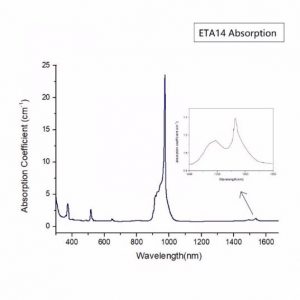
2.5 Doping
Glass can be doped with various materials to modify its optical properties. For example, adding small amounts of rare earth ions such as erbium or ytterbium can increase the refractive index and improve the transparency of glass in the infrared region of the electromagnetic spectrum.
Doping can also be used to modify the absorption properties of glass. For example, adding small amounts of metal ions such as copper or gold can create colored glass that absorbs specific wavelengths of light.
2.6 Conclusion
In conclusion, glass has a range of optical properties, making it an ideal material for use in optics. The high refractive index of glass allows it to bend light more than other materials, making it ideal for use in lenses and optical fibers. Glass is also transparent in the electromagnetic spectrum’s visible region, making it ideal for use in lenses and mirrors.
The low dispersion of glass is important in lenses, where it is necessary to focus light of different wavelengths to the same point. Glass can also be doped with various materials to modify its optical properties, allowing it to be used in various applications, including optical amplifiers and color filters.
However, glass does have some disadvantages, including absorption and scattering of light due to impurities and defects. In addition, glass is a brittle material, which can limit its use in some applications.
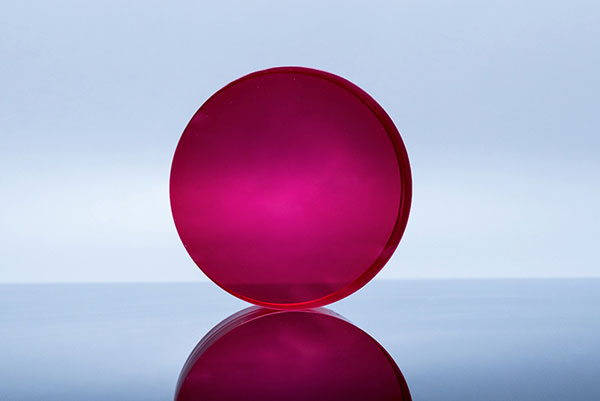
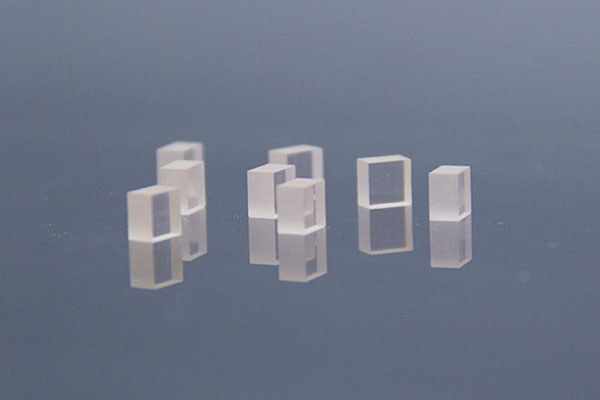
3. Comparison of optical properties between Ti Sapphire crystal and Glass
Ti Sapphire crystal and glass have different optical properties, which make them suitable for different applications. Ti Sapphire crystal has a broad gain bandwidth and high quantum efficiency, making it ideal for ultrafast lasers. Glass, on the other hand, has a high refractive index and excellent transparency, which make it ideal for use in lenses and optical fibers.

Frank
Frank graduated from the University of Shanghai for Science and Technology, majoring in optics. As a technical engineer at Crylink Company, he deeply understands crystal materials and laser components.
Related Video(s) with this Article
Related Product(s) with this Article
Related Application(s) with this Article


